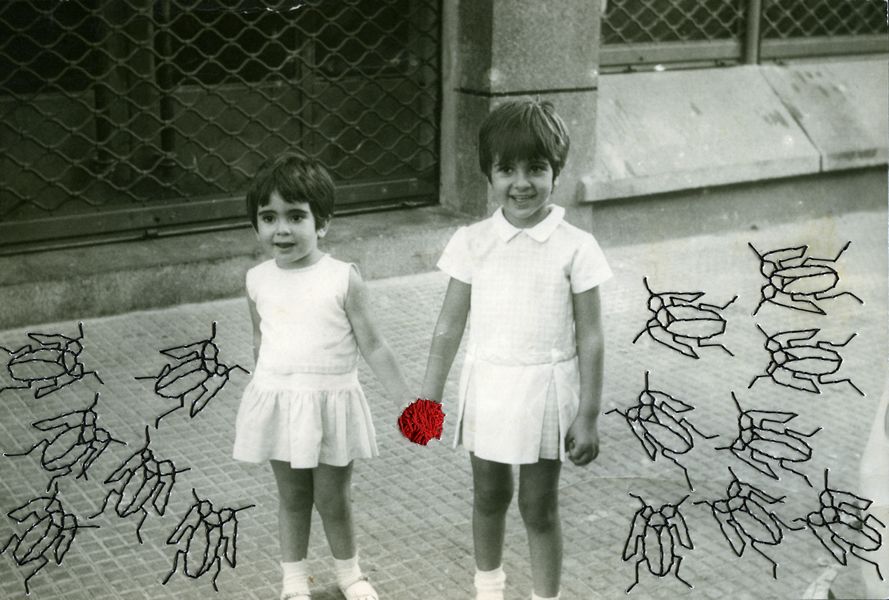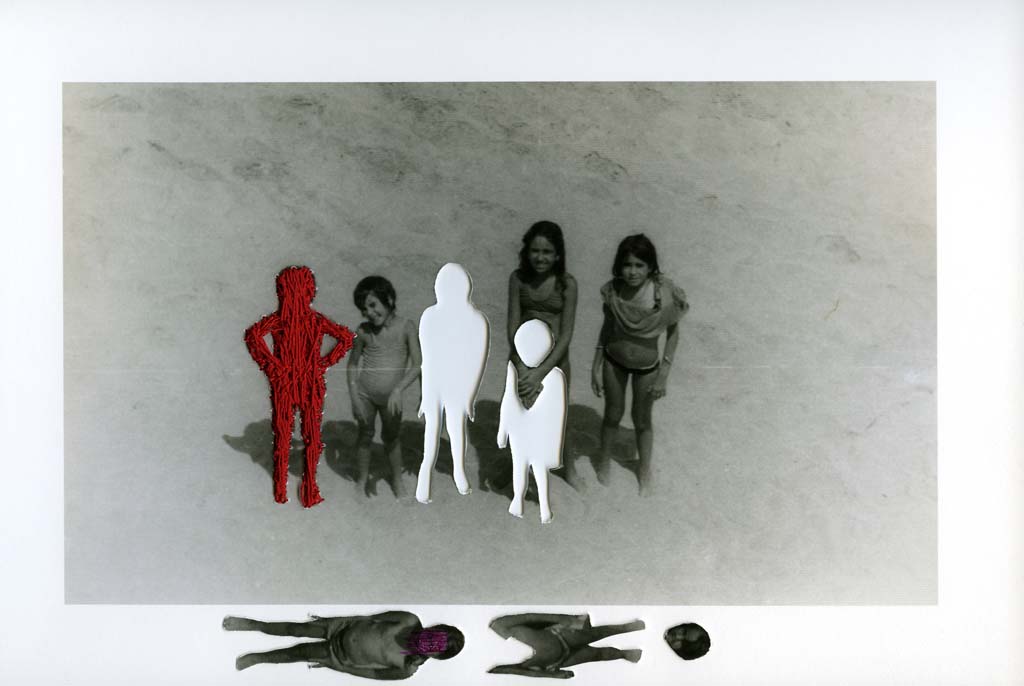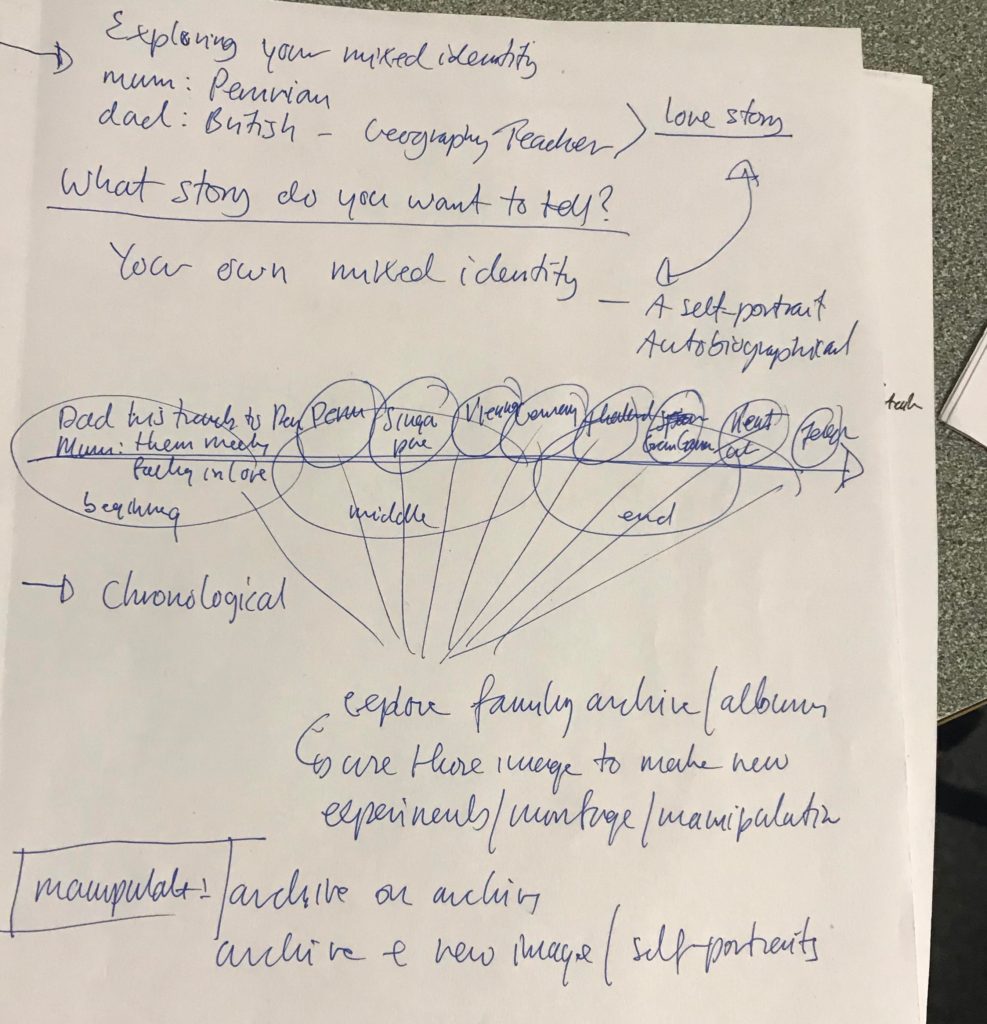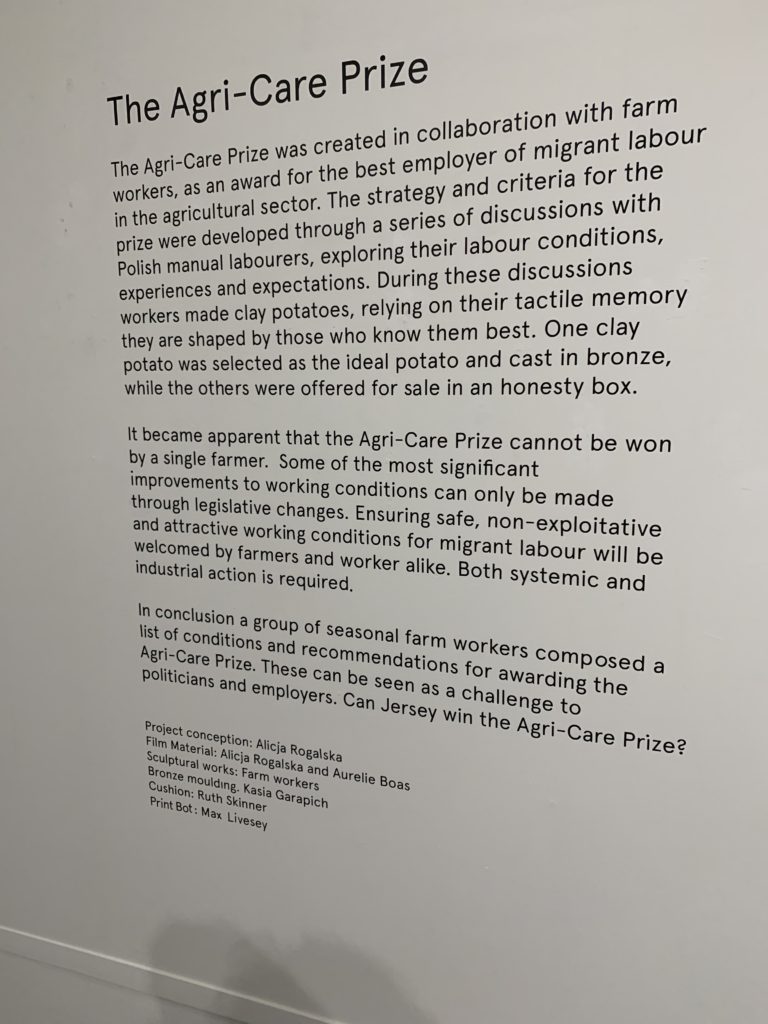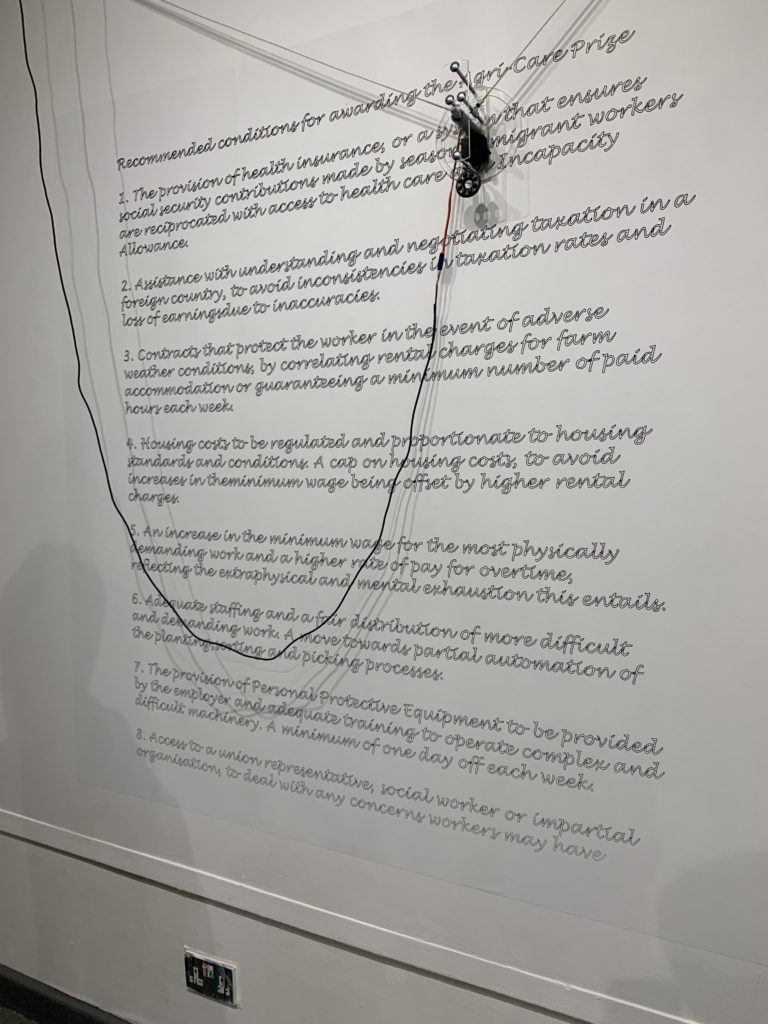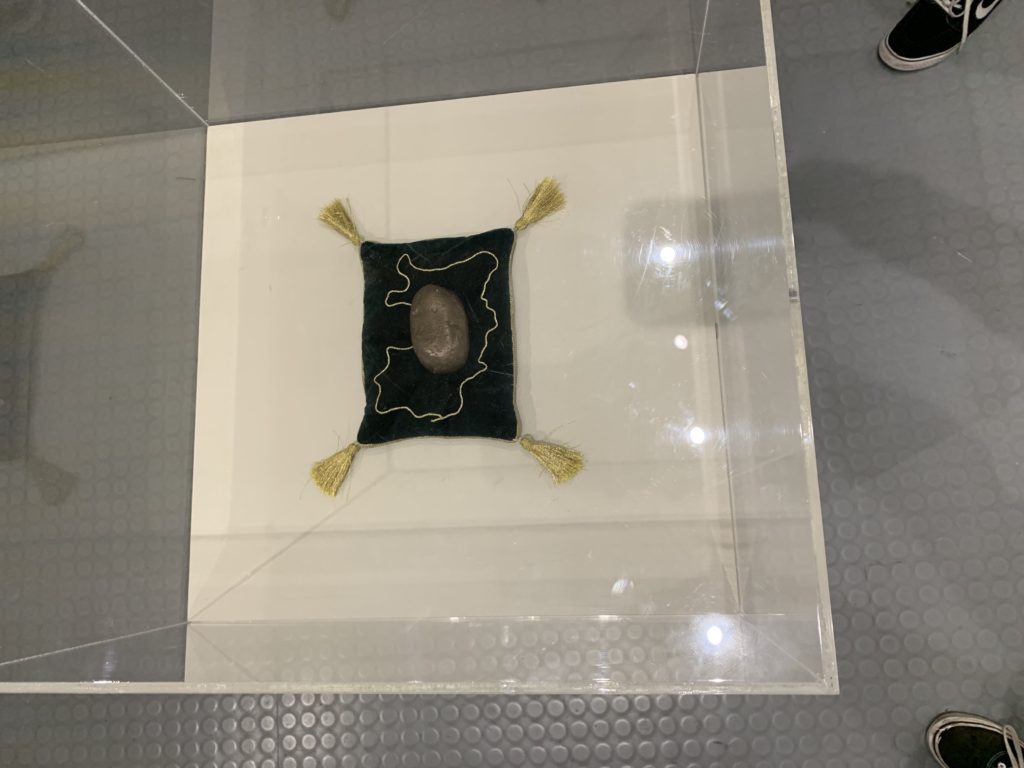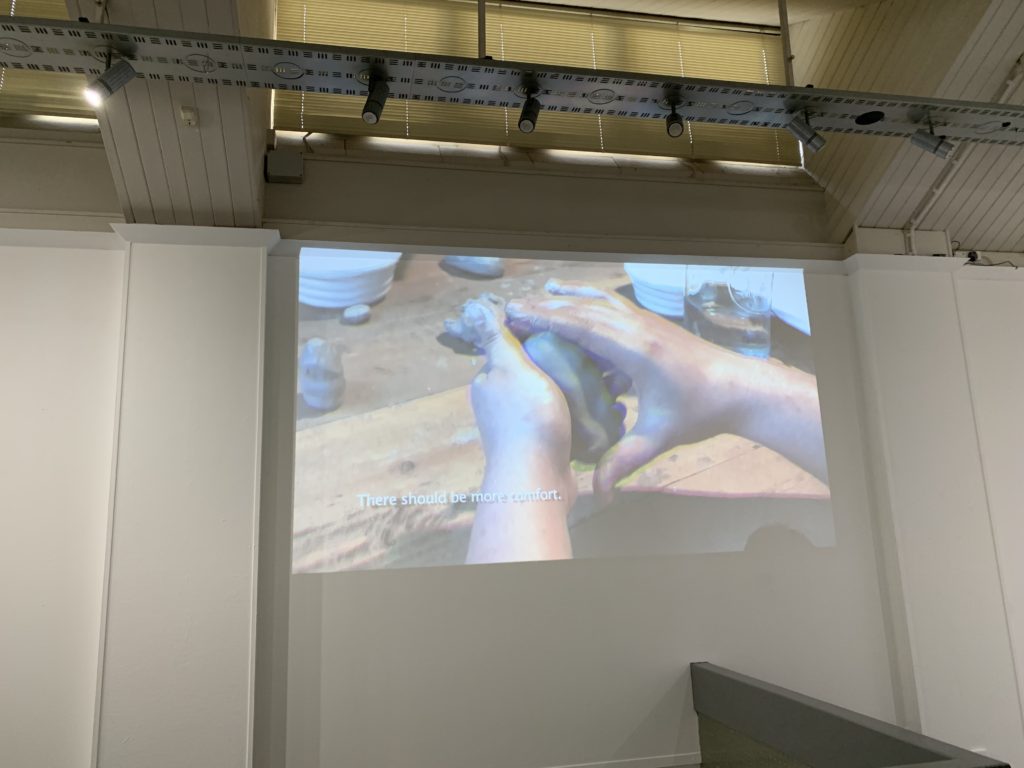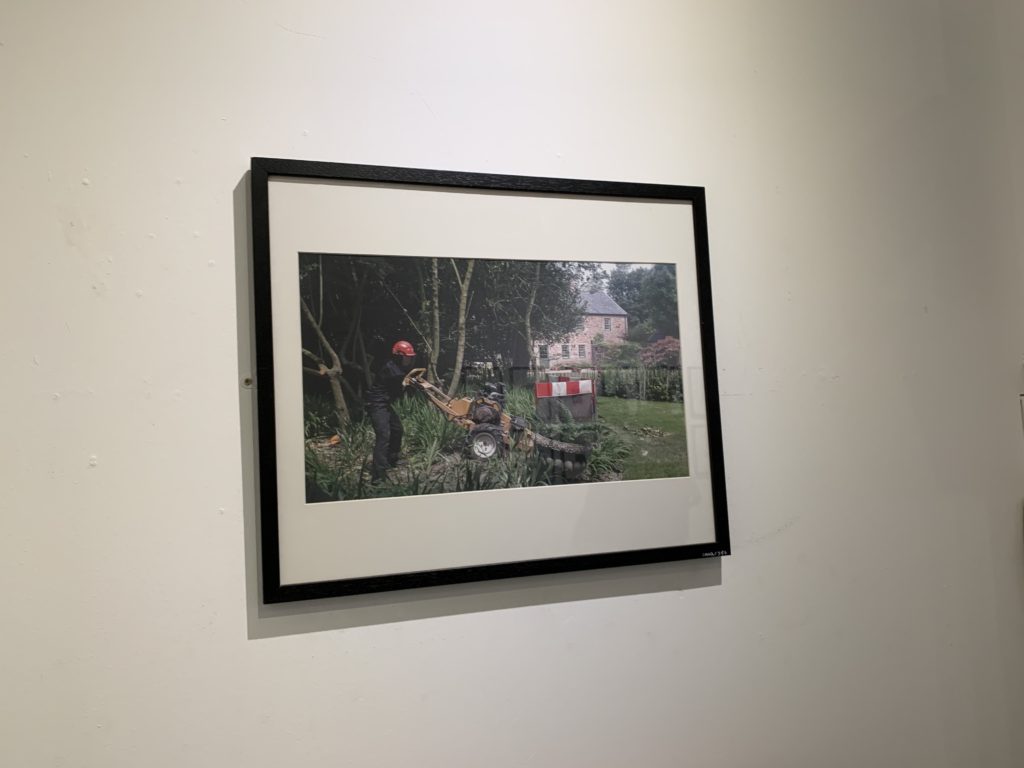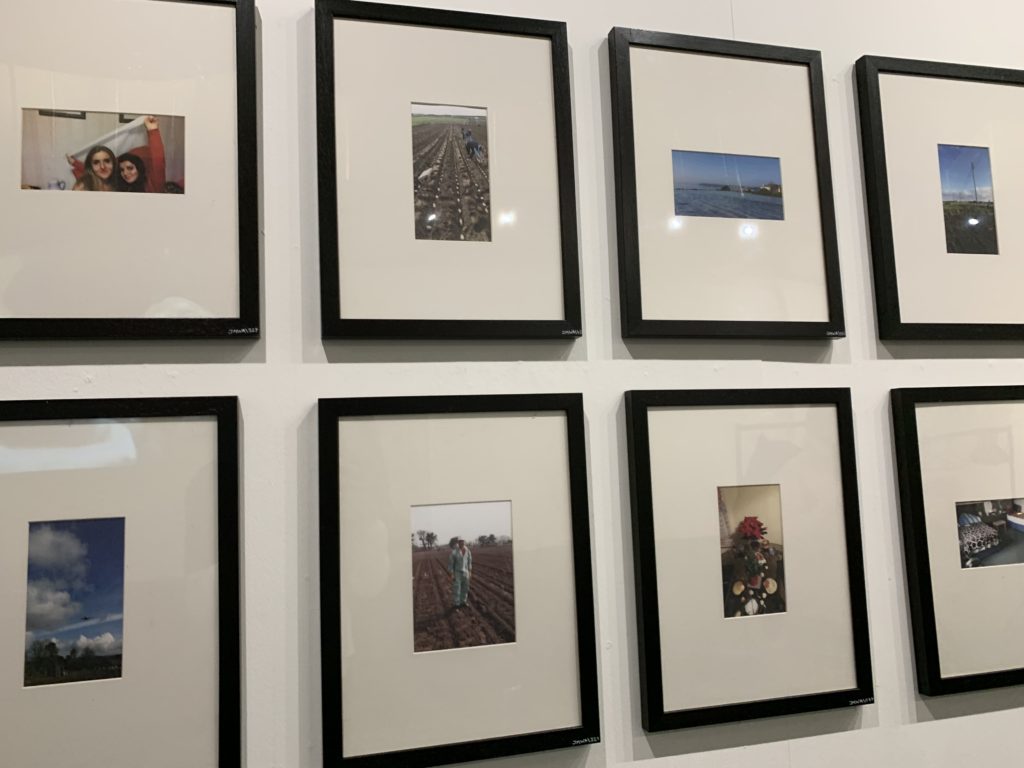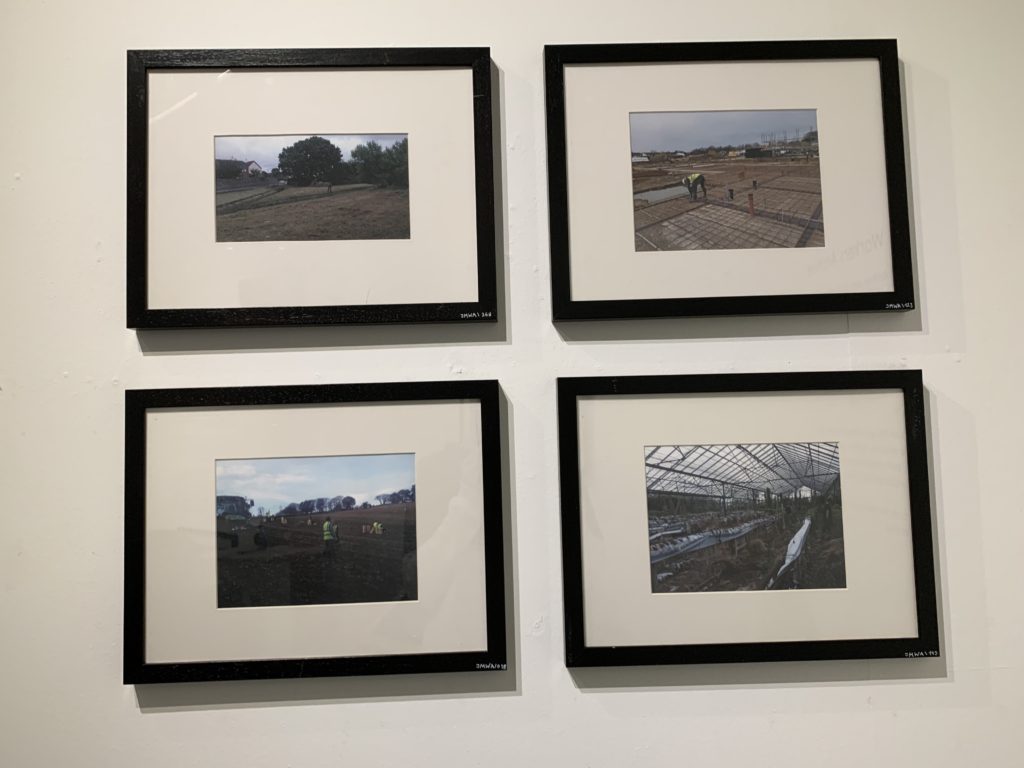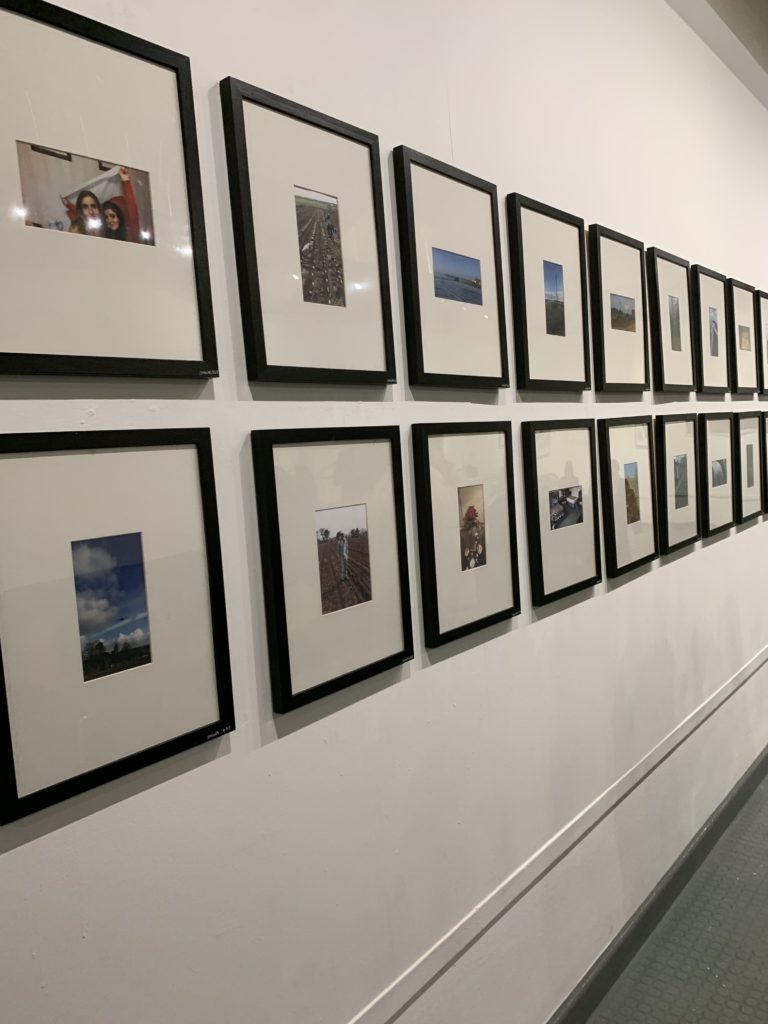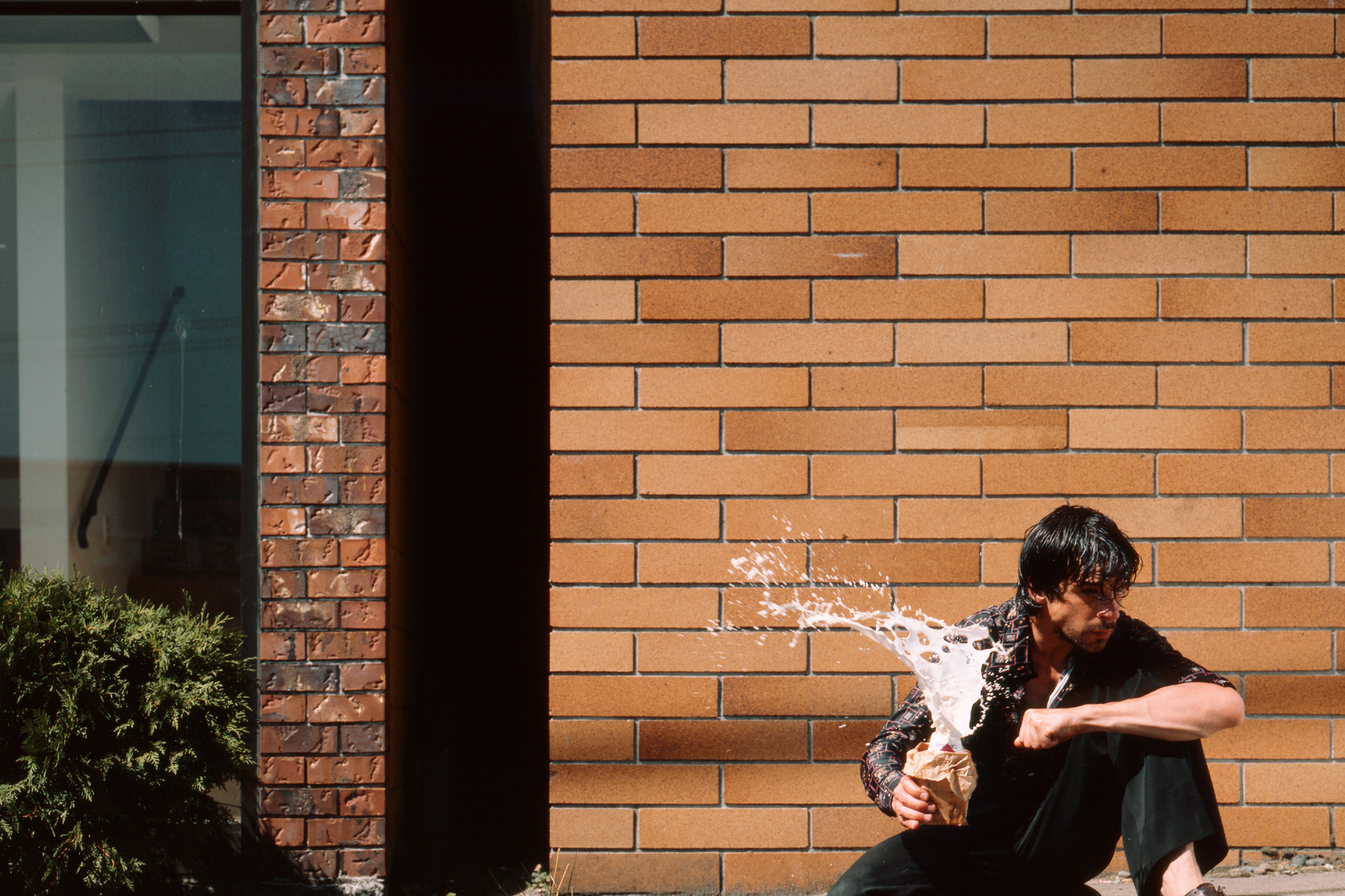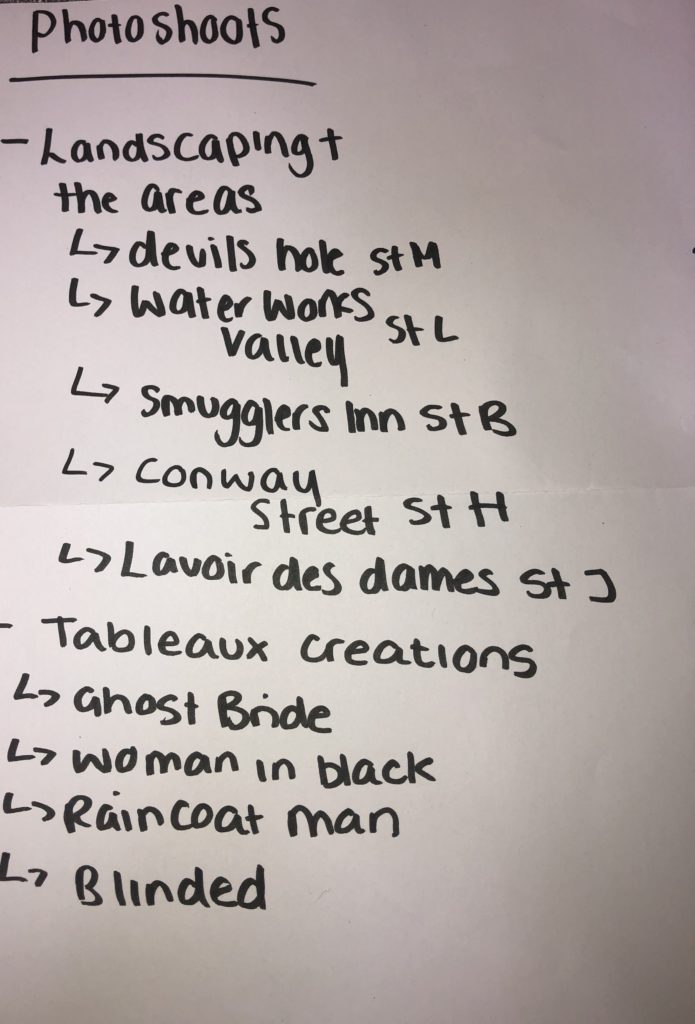Daniel Meadows, born in 1952, is a British photographer. He is from Gloucestershire. In this post I will be researching his photographic project, “June street”.

June street is essentially a series of family portraits Meadows has taken of British families in a documentary style. The aim of all these images was to capture the essence of every day, ordinary people. It’s clear from all these images that these are everyday working class families, as there’s nothing very extravagant or luxurious in the pictures. All these images were taken in the 1970s.
What attracted Meadows to photographing these people were the fact that all the houses on this street were awaiting demolition, and also the fact that it had been the street used to film the British soap, Coronation street.
“As a photographer, my principal subject was – and remains – the British people” – Source

I decided to use Meadows as one of my chosen case studies as I like how his portraits portray the family unit in their environment, as I feel it can give the viewer a sense of knowledge surrounding the people in the images, as their environment can reveal a lot about them. I will use his work as inspiration when taking my own environmental portraits of my family to show both my mum’s and dad’s new families, which will represent their new relationships and lives since splitting up. I think this will be a successful way to depict this chapter of their lives as it will show viewers new relationships, and other things of significance in their life.
“I’m not interested in celebrities, just ordinary folk.”– Source
In the video below, Meadows analyses his own work and also explains additional context regarding a selection of the image he took.
June Street by Daniel Meadows from DEVELOP Tube on Vimeo.
Analysis:
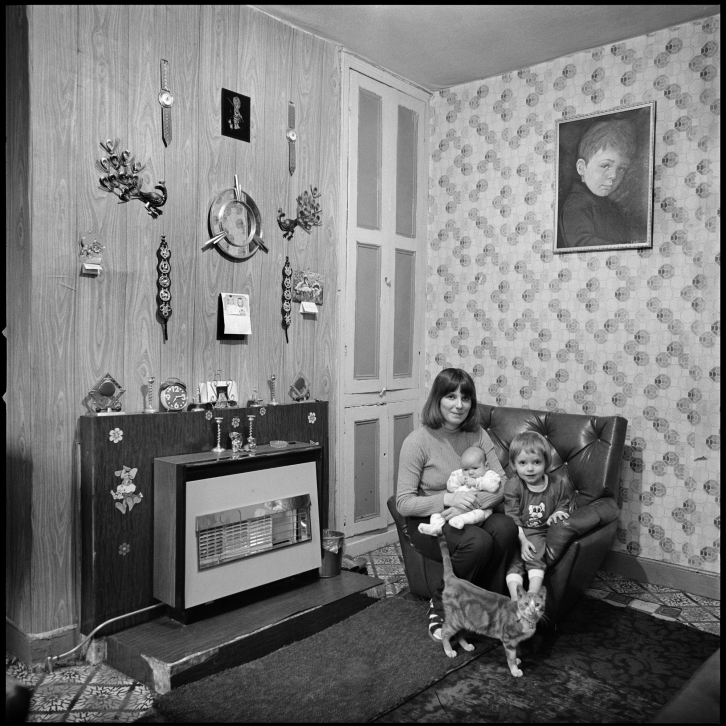
Technically, the composition of this image is very pleasing to the eye as the photographer has used the rule of thirds by placing the subjects on the right side of the frame. I think this balances the environment and the family perfectly in the image.
Visually, We can see what appears to be a mother, her 2 children and a cat in their home environment. Behind her we can see what appears to be a painting or image, likely of someone of importance, as it is hanging centrally on the wall. We can also see objects hanging on the wall which adds more personality to the image.
We know contextually, that Meadows photographed different families, all working class, and their individual structures on “June street” in Salford, where 20 houses were awaiting demolition.
I think that conceptually, this image may show the bond of a single parent family as we see the mother in very close proximity to her children, and her expression shows she is very happy. Although, contextually I know at this time being single and working class would come with very difficult struggles and hardships, the strong sense of community on this street would have probably made life a little bit easier.

